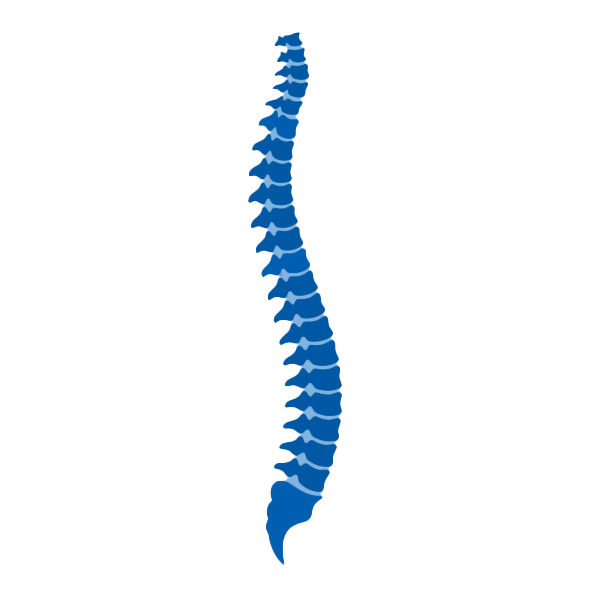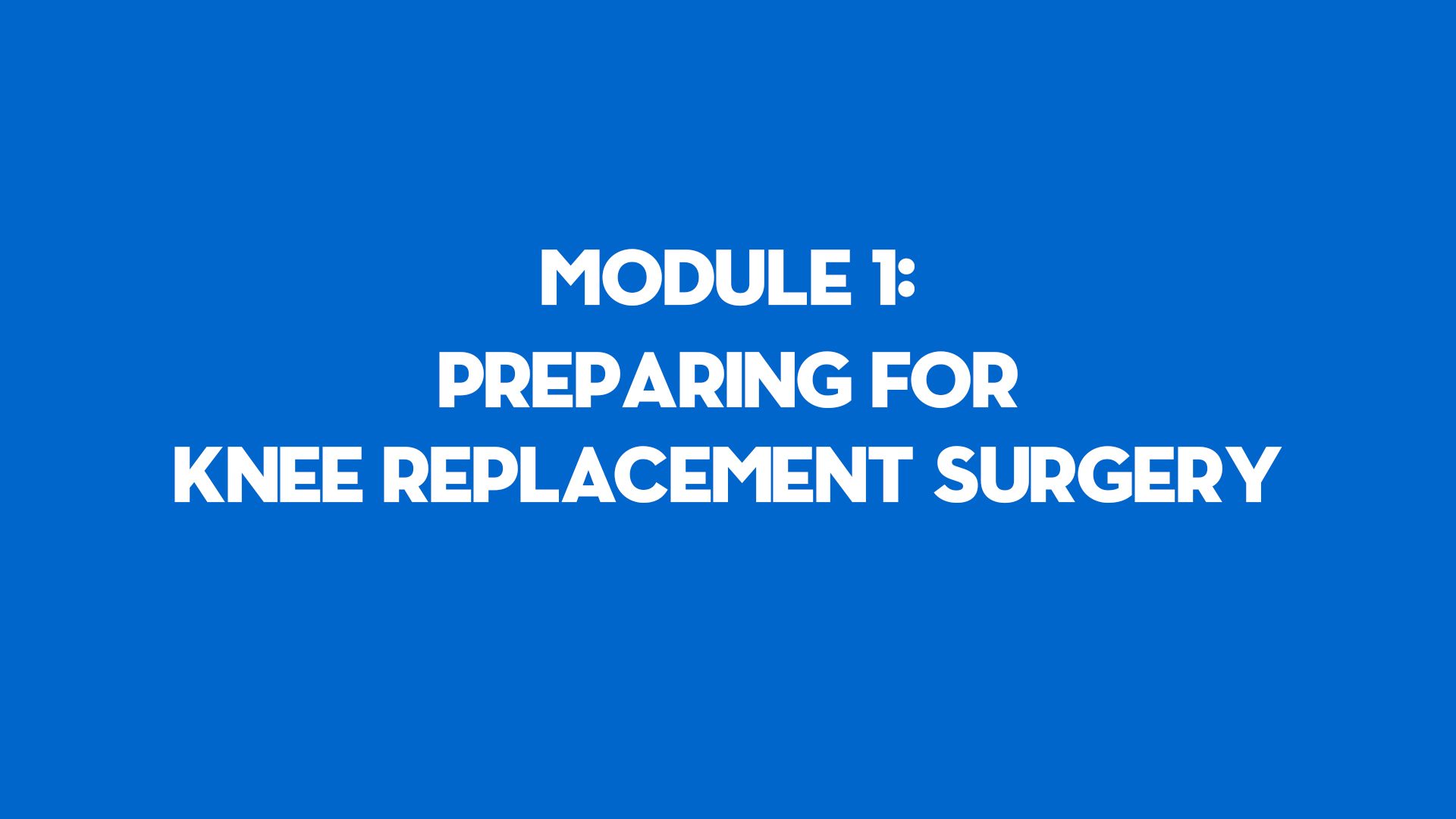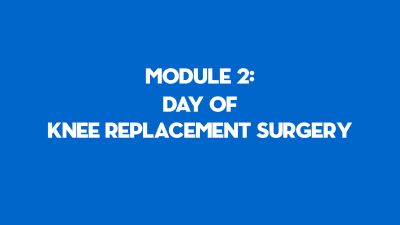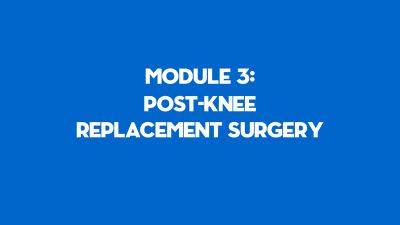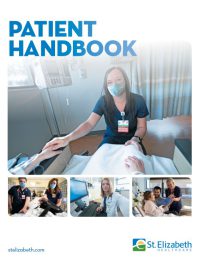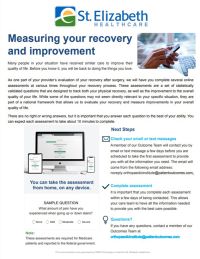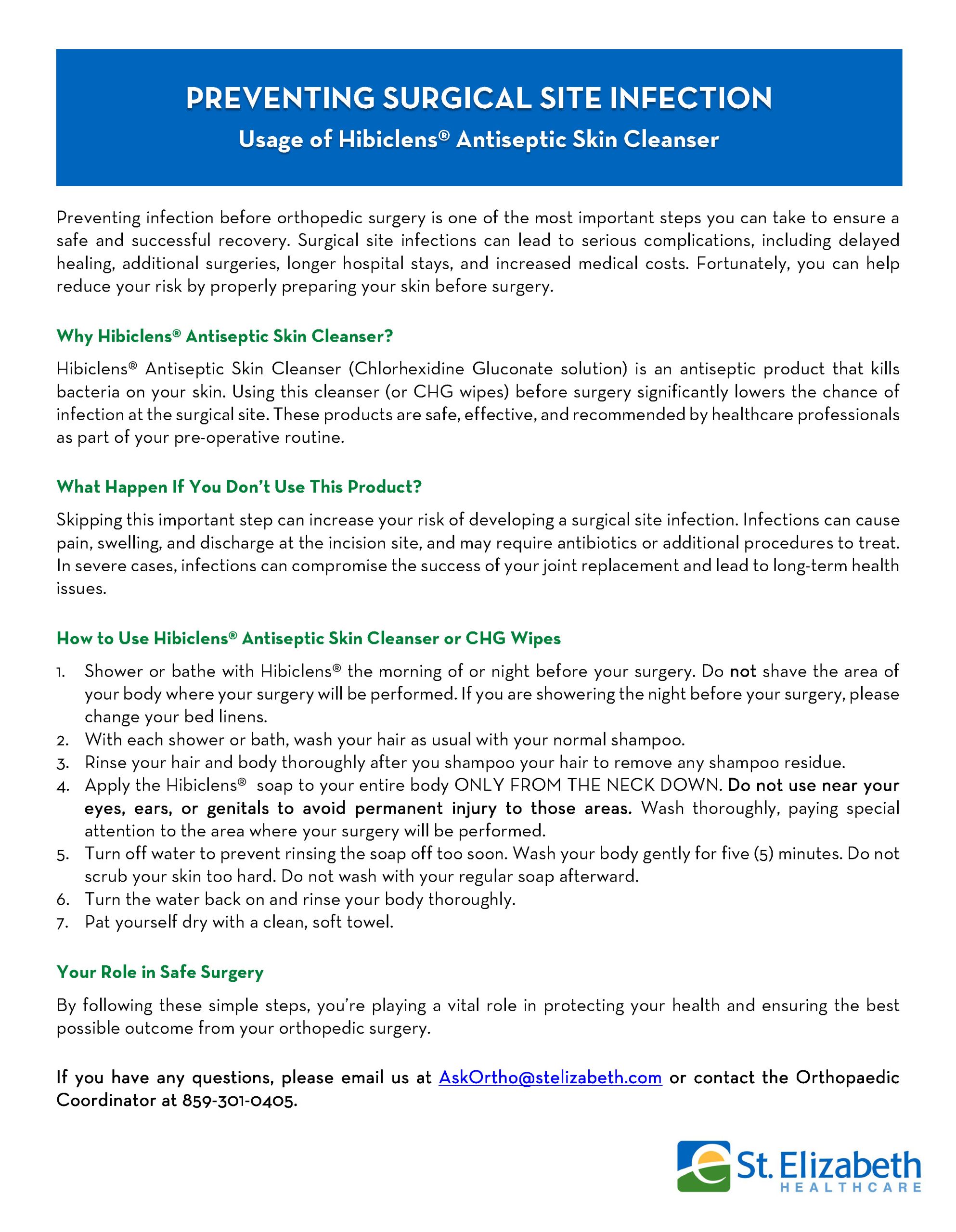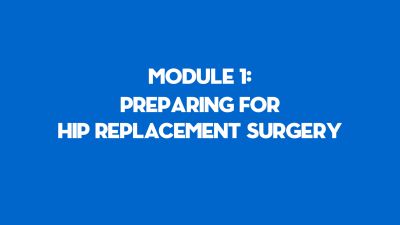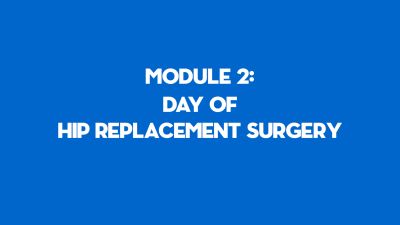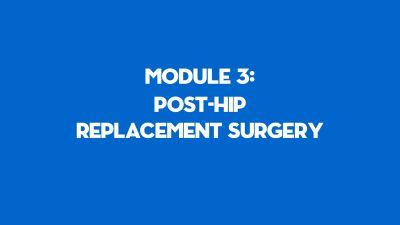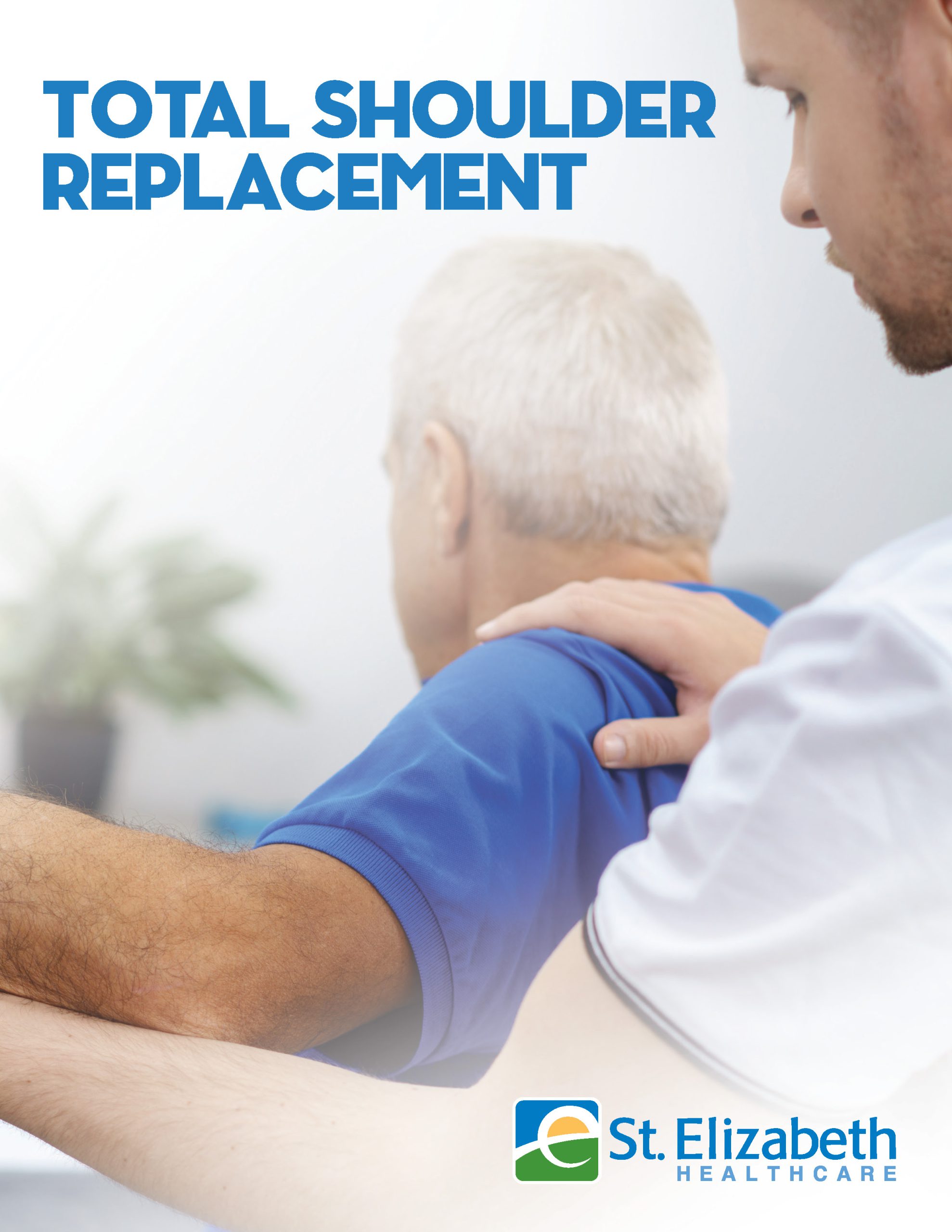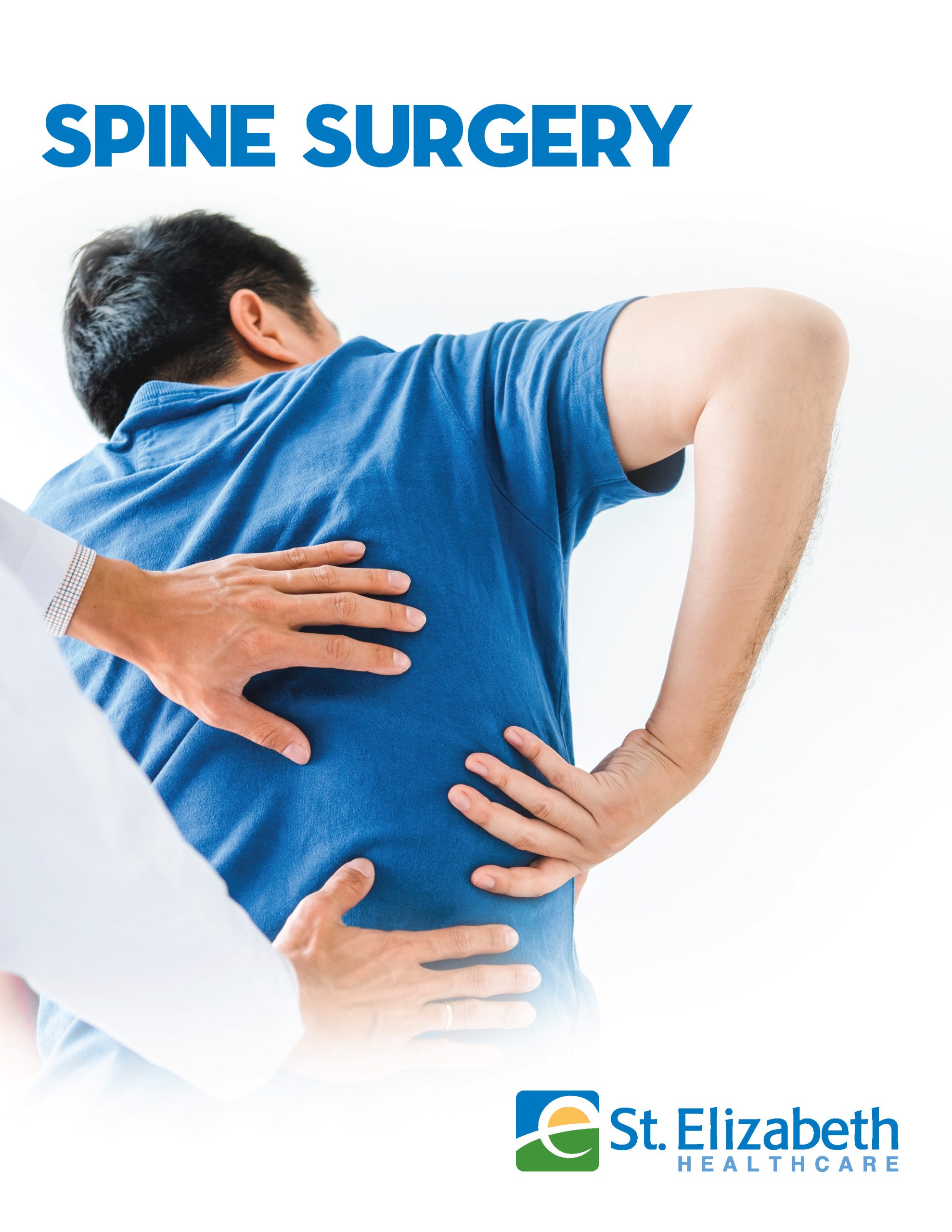Orthopaedic Surgery Patient Education
Thank you for choosing St. Elizabeth Healthcare for your orthopaedic needs. If you’ve chosen surgery to reduce your chronic pain, increase your mobility, and improve your quality of life, St. Elizabeth is committed to helping you reclaim your life.
Our team walks you through each step of the surgical process and helps you to make educated decisions regarding your care. The following links will help you know what to expect before, during, and after your surgical procedure.
Knee Replacement
Knee replacement surgery can reduce pain and make it easier for you to walk. Knowing what to expect before and after the procedure can help improve your outcome.
If you have questions about this presentation or your upcoming procedure, please contact the Total Joint Coordinator at (859)301-0405. You can also email your question to AskOrtho@stelizabeth.com.
Getting Ready for Knee Replacement Surgery
At St. Elizabeth Healthcare, our orthopedic surgery team does more than perform your knee replacement surgery. Our experts also care about preparing you for your procedure. Please watch Module 1 to learn about what you should do to prepare for your surgery.
Click the fullscreen button (far right-side square icon) in the video player to make it fill your entire screen.
Day of Knee Replacement Surgery
The day of your knee replacement surgery will be busy. Understanding what to expect can help reduce anxiety and ensure a smoother experience. Please take a few minutes to watch Module 2 before your scheduled surgery date as it will guide you through the steps of your surgical day.
Click the fullscreen button (far right-side square icon) in the video player to make it fill your entire screen.
Post-Knee Replacement Surgery
Hip Replacement
Hip replacement surgery can reduce pain and make it easier for you to walk. Knowing what to expect before and after the procedure can help improve your outcome.
If you have questions about this presentation or your upcoming procedure, please contact the Total Joint Coordinator at (859)301-0405. You can also email your question to AskOrtho@stelizabeth.com.
Getting Ready for Hip Replacement Surgery
At St. Elizabeth Healthcare, our orthopedic surgery team does more than perform your Hip replacement surgery. Our experts also care about preparing you for your procedure. Please watch Module 1 to learn about what you must do to prepare for your surgery.
Click the fullscreen button (far right-side square icon) in the video player to make it fill your entire screen.
Day of Hip Replacement Surgery
The day of your hip replacement surgery will be busy. Understanding what to expect can help reduce anxiety and ensure a smoother experience. Please take a few minutes to watch Module 2 before your scheduled surgery date as it will guide you through the steps of your surgical day.
Click the fullscreen button (far right-side square icon) in the video player to make it fill your entire screen.
Post-Hip Replacement Surgery
Managing pain, preventing complications, and using the right equipment can make a big difference in your recovery. Please watch module 3 to help walk you through practical strategies to stay comfortable, how to recognize warning signs early, and other post-procedure information.
Click the fullscreen button (far right-side square icon) in the video player to make it fill your entire screen.
Shoulder Replacement
Spine Surgery
Post-Operative
Frequently Asked Questions
Frequently Asked Questions
Contact Us
Surgical Options
If surgery is necessary, our physicians can provide a referral to one of our affiliated orthopaedic surgeons. For more information on surgical options, please contact us at askortho@stelizabeth.com.



